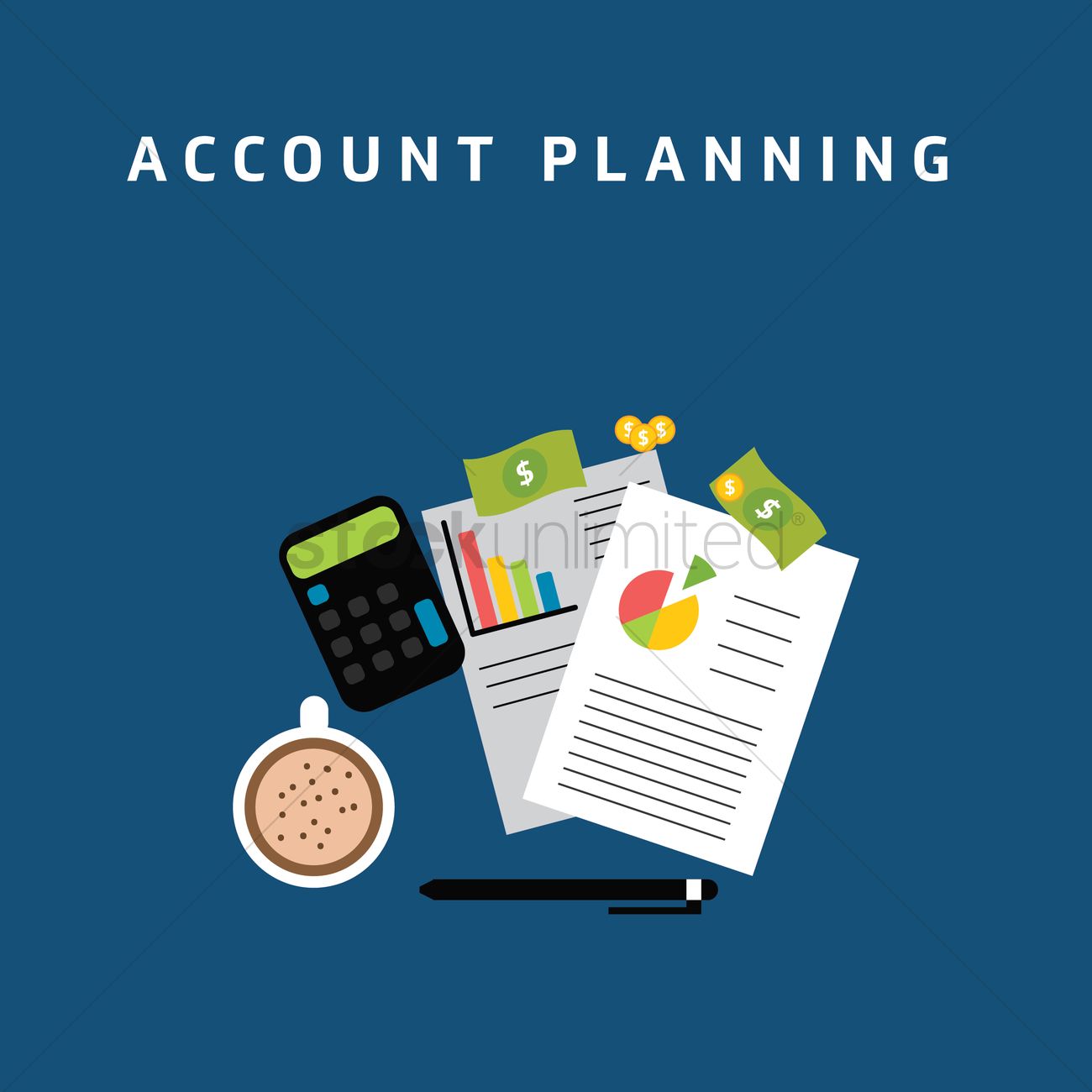Excelling at Execution: Empowering Your Team for Stellar Performance
In the intricate ballet of business, strategy often takes center stage. Teams invest time crafting the perfect vision, outlining ambitious objectives, and designing an elaborate roadmap to reach those targets. However, the starring role in the performance of achieving business goals belongs to not just the strategy, but also execution. Unfortunately, execution is frequently the unacknowledged hero, remaining in the wings while strategy garners the applause. And that’s not all; several misconceptions cloud the understanding of execution, diminishing its perceived importance. This article strives to pull back the curtain, bring execution into the limelight, debunk associated myths, and equip your team with effective strategies for improved execution.
Debunking Execution Myths
As we journey towards mastering execution, our first step involves addressing and debunking common misconceptions that obscure the essence of execution.
Myth 1: Proper Execution relies on strict compliance and adherence to rules.
The most prevalent myth equates execution to a monotonous assembly line, suggesting it’s all about discipline and strict adherence to rules, leaving no room for innovation. This belief could not be further from the truth. Effective execution isn’t about robotic compliance or ticking off tasks from a list. Instead, it’s about each team member internalizing the strategy, aligning with the vision, and innovatively devising methods to achieve the set objectives.
Myth 2: Proper Execution requires structured processes and not creative solutions.
A second misconception holds execution as a harbinger of creativity’s demise. It assumes that strict processes and systems stifle the imaginative spirit. However, structured processes, contrary to squashing creativity, provide a solid framework within which creative solutions can flourish. It’s within these structures that ideas gain the momentum to convert into actions, and innovative solutions morph into tangible outcomes.
Understanding the Role of Execution in Business Success
Execution is the connective tissue linking strategic planning with operational results. It’s the mechanism that transforms conceptual strategies into concrete actions and lofty objectives into tangible outcomes. Without effective execution, even the most meticulously designed plans remain hollow propositions, and even the most ambitious objectives gather dust on whiteboards and PowerPoint presentations. In essence, mastering execution is a critical determinant of business success.
Five Steps to Improve Team Execution
An effective execution strategy rests on the pillars of clear communication, ownership, collaboration, consistent feedback, and a learning-centric environment. Below, we delve into each of these five integral steps that empower teams to excel in execution:
1. Clear Communication of Vision and Goals
Communication is the starting point for effective execution. Teams must have absolute clarity on their destination (the vision) and the path to reach it (the goals). When your team comprehends what they are working towards and grasps its significance, they are likely to exhibit higher levels of engagement, motivation, and performance. Vision serves as the lighthouse guiding their actions, while goals form the roadmap for their journey. Thus, for achieving effective execution, it is paramount to ensure your team has internalized and aligned with the business vision and goals.
2. Encourage Ownership and Accountability
An environment that fosters personal responsibility and ownership forms the cradle of effective execution. When team members are instilled with a sense of ownership for their tasks and deliverables, they display higher levels of commitment, diligence, and accountability. This drive is essential to ensuring tasks are not just completed but accomplished with a high level of quality and efficiency. Encourage a culture where each team member embraces their role not as just another job, but as a significant contribution towards achieving the shared vision and goals of the business.
3. Promote a Culture of Collaboration
Execution is not a solo act; it’s a collaborative orchestra that requires harmonious interaction among all team members. A collaborative environment facilitates seamless information sharing, invites diverse perspectives, and fosters unity in working towards common objectives. Nurturing such a culture encourages team members to assist each other and strive towards shared goals collectively. Remember, a symphony is always more enchanting than a solo performance.
4. Regular Feedback and Recognition
Feedback and recognition are powerful motivators that turbocharge execution. Feedback, when constructive, illuminates areas for improvement, enabling team members to enhance their performance. Recognition, on the other hand, serves as a potent morale booster, encouraging team members to maintain or even raise their performance standards. Ensure that your team experiences a continuous feedback and recognition cycle, acknowledging and appreciating good execution, and providing supportive guidance for improvement.
5. Foster an Environment for Learning and Improvement
The final piece of the puzzle for effective execution is creating an atmosphere where mistakes are not feared but embraced as learning opportunities. A culture that values learning fosters an innovative spirit, encouraging risk-taking and continuous improvement—all critical elements for effective execution. Champion a culture where your team is unafraid to make mistakes, continually seeks to enhance their skills, and is relentlessly pursuing improvement. Remember, the journey of execution is not about achieving perfection but about continuous progress.
The Ripple Effect: Benefits of Improved Execution
When teams master the art of execution, it acts as a potent catalyst that propels businesses towards growth and success. The benefits of improved execution extend far beyond merely ticking off tasks from a checklist. It creates a ripple effect, radiating positive impacts throughout the organization, demonstrating its potency in various forms.
Execution excellence amplifies productivity
When tasks are executed efficiently, it minimizes wasted effort, maximizes output, and raises the overall productivity bar. Teams become adept at managing their work, navigating obstacles, and driving their tasks to completion. This surge in productivity is not just about doing more; it’s about achieving more, accelerating the journey from ideas to outcomes.
Improved execution can significantly boost team morale
The sense of accomplishment that comes from effectively executing tasks and seeing the tangible impacts of one’s work can act as a powerful motivator. It fosters a sense of purpose, cultivates pride in one’s work, and elevates overall team spirit.
Enhanced execution powers business growth.
At the macro level, with teams effectively translating strategic plans into actionable tasks, goals transition from mere projections on paper to measurable achievements. Improved execution turns the cogs in the machinery of growth, propelling businesses towards their envisioned success.
Conclusion
In the epic saga of business success, execution is the hero that often goes unsung. It’s the dynamic force that breathes life into strategy and translates visions into realities. Enhancing execution involves clear communication, cultivating a sense of ownership, encouraging collaboration, providing regular feedback, and fostering a learning culture. By empowering your team to excel at execution, you’re not just fueling their performance; you’re setting your business on the fast track to success. So, let’s move beyond merely envisioning success to actively executing for it. It’s time for action!
As a certified Scaling Up coach we help teams that wish to scale by focusing on People, Strategy, Cash and Execution.
Let’s schedule a call if you would like to discuss helping your team achieve a higher level of execution.











